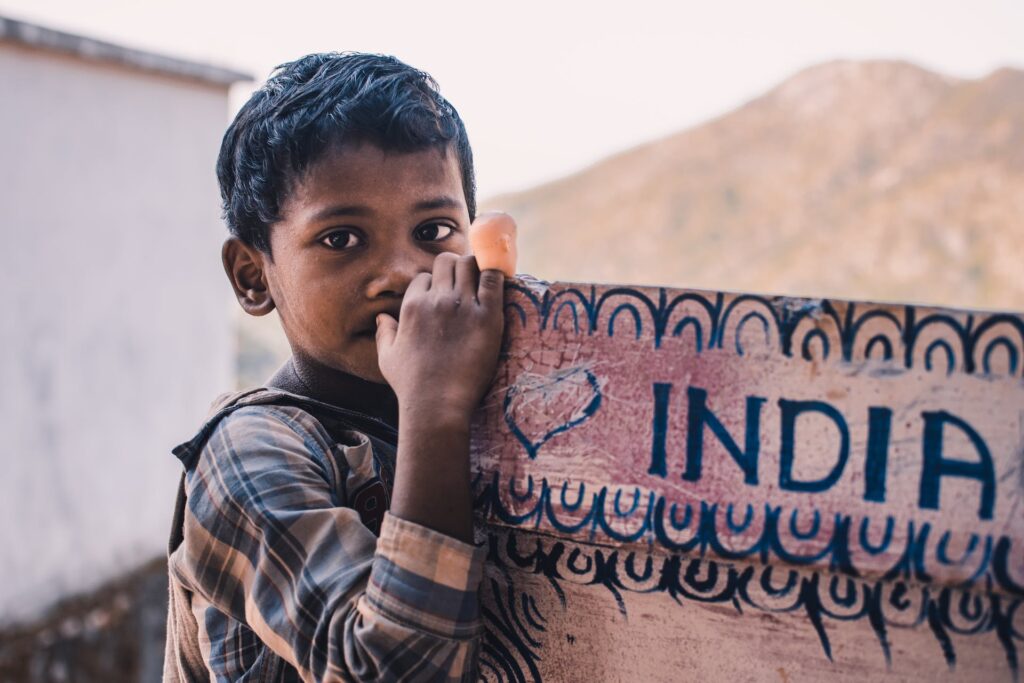Pānīpat is a city located in the northern state of Haryāna in India. Known for its historical significance, Pānīpat has witnessed three major battles that changed the course of Indian history.
The First Battle of Pānīpat took place in 1526 between the forces of Babur, the Mughal emperor, and Ibrahim Lodhi, the Sultan of Delhi. This battle marked the beginning of the Mughal Empire in India and led to the establishment of the Mughal dynasty that ruled over the country for centuries.
The Second Battle of Pānīpat occurred in 1556, where Akbar, the grandson of Babur, defeated Hemu, a powerful Hindu general. This battle solidified Akbar's rule over North India and paved the way for the expansion of the Mughal Empire.
The Third Battle of Pānīpat, fought in 1761, saw the Maratha Empire suffer a crushing defeat at the hands of Ahmad Shah Durrani, the king of Afghanistan. This battle marked the end of Maratha dominance in India and paved the way for British colonial rule in the country.
Today, Pānīpat is a bustling industrial city known for its textile and leather industries. The city also has a rich cultural heritage, with several historical monuments and museums showcasing its illustrious past. Pānīpat is also famous for its delicious local cuisine, particularly its spicy street food and traditional sweets.
Visitors to Pānīpat can explore its numerous historical sites, including the Kabuli Bagh Mosque, the Panipat Museum, and the tomb of Ibrahim Lodhi. The city's vibrant markets are also a popular destination for shopping, offering a wide range of traditional handicrafts and textiles.
Overall, Pānīpat is a city that combines a rich historical legacy with modern industrial development, making it a must-visit destination for history enthusiasts and culture lovers alike.
What to explore:
1. Panipat Museum: Learn about the history of the three historic battles of Panipat at this museum, which houses a collection of artifacts, weapons, and exhibits related to the battles.
2. Kabuli Bagh Mosque: Visit this 16th-century mosque built by Babur, the first Mughal emperor, and admire its beautiful architecture and intricate designs.
3. Ibrahim Lodhi Tomb: Pay your respects at the tomb of Ibrahim Lodhi, the last Sultan of Delhi, who was killed in the First Battle of Panipat in 1526.
4. Panipat Thermal Power Station: Take a tour of this massive power station to learn about the process of generating electricity and see the various facilities and equipment used in power generation.
5. Salar Gunj Gate: Explore this ancient gate, which was once a part of the city walls of Old Panipat and offers a glimpse into the city's rich history.
6. Kala Amb Tree: Visit this famous landmark, a historic tree under which the Maratha leader, Sadashivrao Bhau, is said to have taken shelter during the Third Battle of Panipat in 1761.
7. Tomb of Bu-Ali Shah Kalandar: Pay your respects at the tomb of the famous Sufi saint, Bu-Ali Shah Kalandar, and soak in the peaceful and spiritual atmosphere of the shrine.
